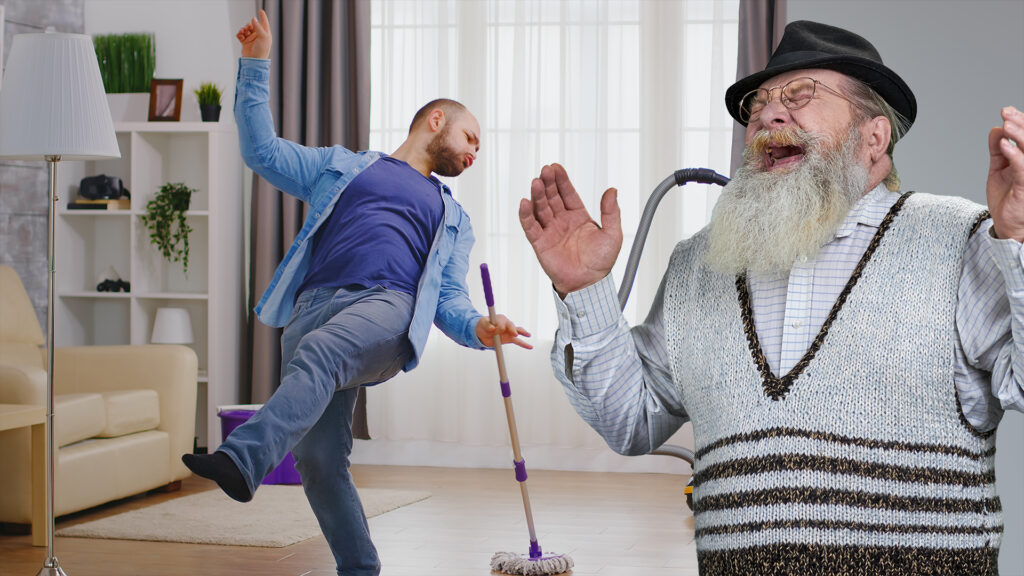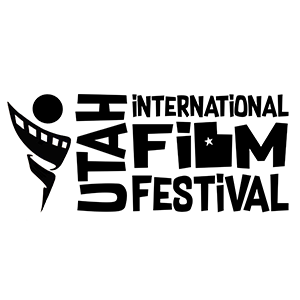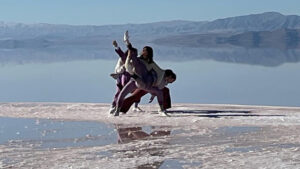How Great Directors Create Side-Splitting Comedies

Comedy is one of the most beloved and universal genres in cinema. The ability to make an audience laugh is a remarkable skill possessed by great directors. From classic screwball comedies to modern laugh-out-loud blockbusters, comedy directors have their unique approach to crafting humor. We’ll delve into the techniques and strategies that great directors use to create side-splitting comedies that leave audiences in stitches.
1. Strong Script and Writing
The foundation of any great comedy is a strong script and exceptional writing. Great directors understand that comedy starts on the page. They work closely with talented screenwriters or contribute to the writing process themselves to develop witty dialogue, hilarious situations, and memorable characters.
2. Understanding Timing and Pacing
Timing and pacing are crucial elements in comedy. Directors carefully choreograph the delivery of jokes, gags, and punchlines to maximize comedic impact. A well-timed pause or a precisely executed sight gag can turn a good joke into a hysterical one.
3. Casting the Right Comedic Talent
Great comedy directors know that casting the right actors is essential. They seek performers with a natural comedic talent, impeccable timing, and a deep understanding of the script’s humor. A strong ensemble cast can elevate the comedy to another level.
4. Physical Comedy and Visual Gags
Physical comedy and visual gags are staples of many great comedies. Directors use creative camera angles, precise choreography, and expert stunt coordination to execute slapstick humor and visual jokes effectively. These elements can be just as important as verbal wit.
5. Character Development and Quirks
Comedic characters often have distinct quirks and idiosyncrasies that make them funny and memorable. Directors work with actors to bring out these characteristics, allowing the humor to arise naturally from the characters’ personalities and interactions.
6. Surprise and Subversion
Great comedy often involves surprise and subversion of expectations. Directors play with audience anticipation, setting up situations that seem predictable and then subverting them with unexpected twists or punchlines.
7. Balancing Heart and Humor
While comedy is primarily about making people laugh, great directors understand the importance of balancing humor with heart. They infuse their comedies with genuine emotional moments and relatable human experiences, creating a deeper connection with the audience.
8. Test Screenings and Audience Feedback
Directors often rely on test screenings to gauge audience reactions and fine-tune their comedies. They pay attention to which jokes land and which ones fall flat, allowing them to make necessary adjustments for maximum laughter.
9. Editing and Timing in Post-Production
The editing process is where directors refine the timing and pacing of their comedy. They carefully select the best takes, trim unnecessary moments, and experiment with the arrangement of scenes to enhance comedic impact.
10. Embracing Improvisation
Many great comedy directors embrace improvisation. They allow talented actors to riff on their lines, try out new jokes, and explore different comedic angles during filming. Some of the funniest moments in comedy come from unexpected improvisation.
11. Creating Memorable Catchphrases and Running Gags
Catchphrases and running gags are comedic devices that stick with audiences long after the movie ends. Directors work with writers to create memorable catchphrases and running jokes that become iconic parts of their comedies.
12. Navigating Cultural Sensitivities
In our diverse world, great comedy directors navigate cultural sensitivities and ensure that humor doesn’t cross into offensive territory. They find ways to address sensitive topics while maintaining respect and avoiding hurtful stereotypes.
13. Paying Homage to Classic Comedy
Many comedy directors pay homage to classic comedy styles and influences. They draw inspiration from comedy legends like Charlie Chaplin, Buster Keaton, and the Marx Brothers, infusing their work with a sense of nostalgia and reverence for the genre’s history.
14. Using Music and Sound Effectively
Music and sound play a crucial role in comedy. Directors work closely with composers and sound designers to enhance comedic moments with fitting music cues and sound effects that complement the humor.
15. Embracing Absurdity and Satire
Comedy directors often embrace absurdity and satire to tackle social issues and comment on the world around them. They use humor as a vehicle to highlight societal absurdities and provoke thought.
16. Endings That Leave a Smile
A great comedy often concludes with an ending that leaves the audience with a smile. Directors craft satisfying resolutions that tie up loose ends, deliver final laughs, and leave a positive, lasting impression.
Creating side-splitting comedies is a delicate art that combines clever writing, impeccable timing, memorable characters, and a deep understanding of humor. Great directors embrace a wide range of techniques, from physical comedy to witty dialogue, to deliver laughs that resonate with audiences for generations. Through careful scripting, casting, and a keen sense of comedic timing, they leave their mark on the world of cinema, bringing joy and laughter to viewers worldwide.




